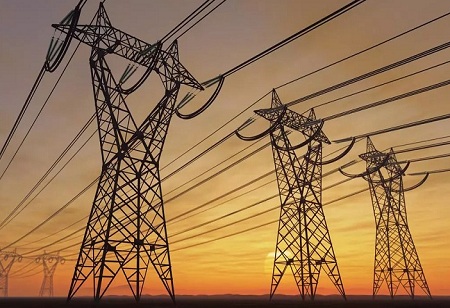India is projected to have 41 GW of energy storage capacity along with 777GW of total installed power capacity by 2029-30, according to a Report on Optimal Generation Mix for 2029-30, released by Central Electricity Authority, Ministry of Power. India would require 41.65 GW/208.25 GWh of Battery Energy Storage Systems (BESS) to meet its energy demand in 2029–30, based on hourly dispatch estimates and the "capacity mix obtained from Long term studies". These figures, however, are based on the 'base case scenario', in which
the combined capabilities for fossil and non-fossil fuels are projected to be 276 GW and 500 GW, respectively. Under four different scenarios conservative, higher demand, higher hydro, and higher BESS cost assumptions the report has also examined installed capacities and the corresponding BESS needs.
Power generated by non-fossil fuels (including large hydro) will increase from 25% in 2022–2023 to 44% in 2030. According to the research, even as installed electricity capacity increased to 777GW by 2030, non-fossil fuel-based sources will expand in capacity from 42% to 64%. The amount of electricity produced would rise to 2.4 trillion units, of which 1 trillion would come from non-fossil fuels and 1.3 trillion from thermal sources.
The research, which was created by a CEA team led by Chief Engineer Ammi Ruhama Toppo, states that India can easily reach its Nationally Determined Contribution objective of 50% non-fossil fuel capacity with significant renewables penetration in the system. India became the third largest power market in the world in 2022 as its per capita electricity consumption doubled from 631 units to 1255 units between 2005 and 2022.
